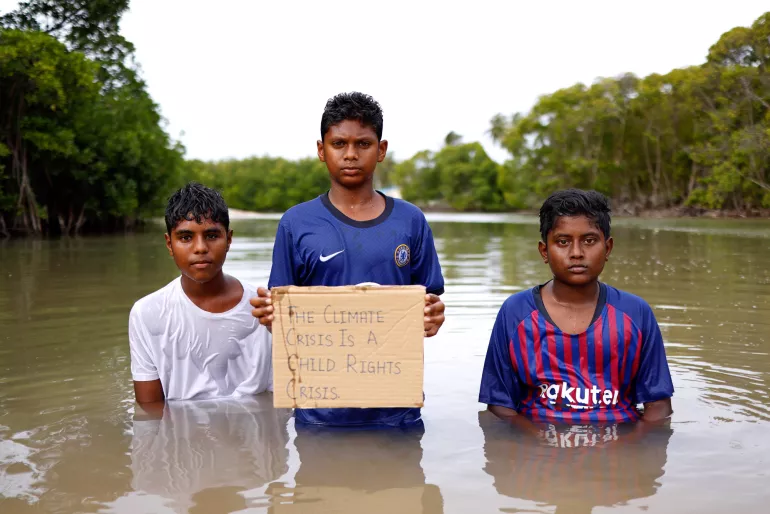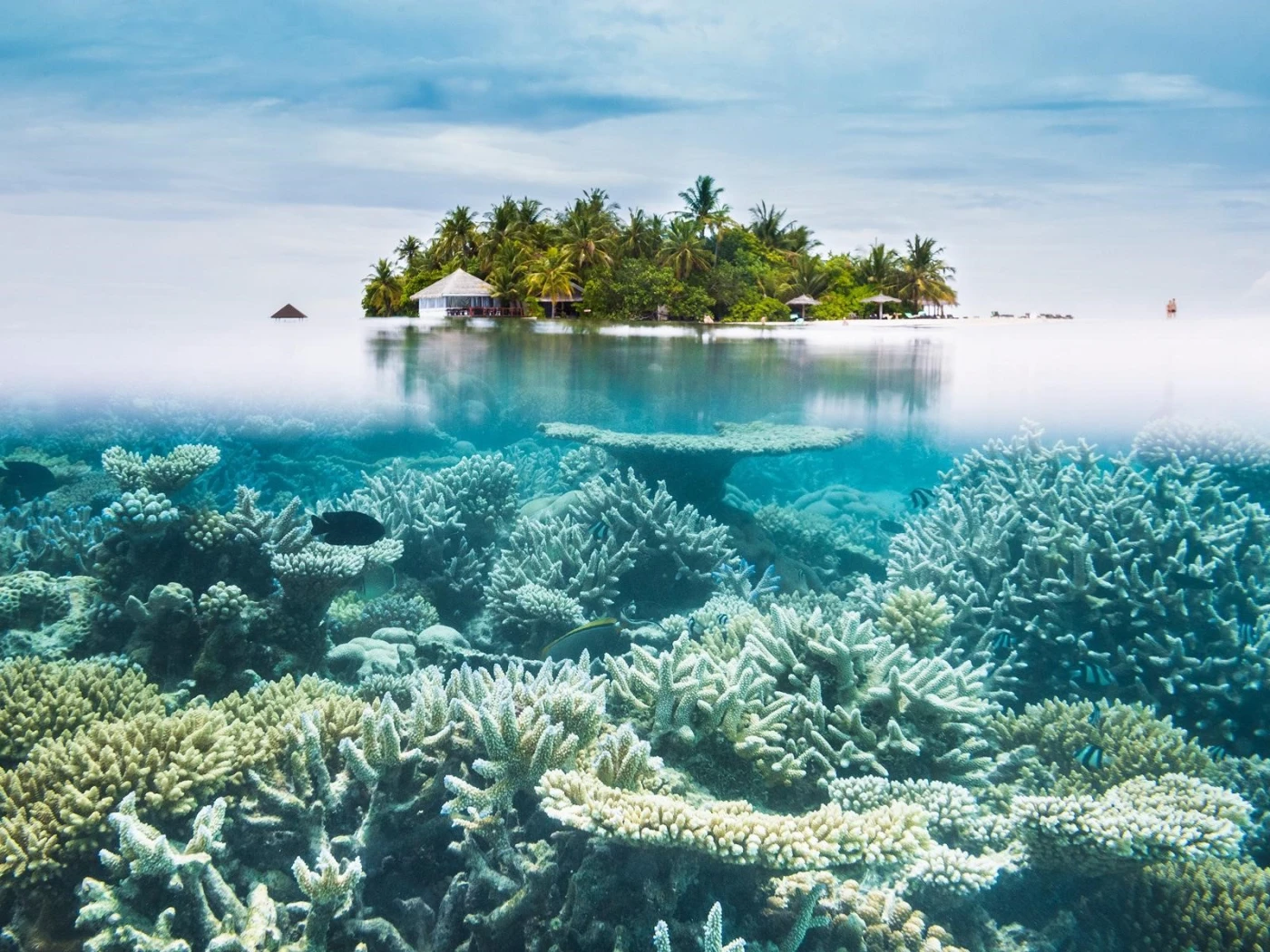What is Coastal Flooding?
Coastal flooding happens when seawater flows onto normally dry land along the shore. It is mainly caused by high tides, storm surges, and strong winds that push seawater inland.
In the Maldives, even small changes in sea level can cause flooding because most islands are very low-lying and surrounded by shallow lagoons.
Coastal flooding can occur suddenly during storms or gradually during seasonal high tides and swell events. It often leads to damage of homes, roads, and essential infrastructure, and can affect freshwater sources and livelihoods.
Causes and Contributing Factors
Storm Surges
Sudden rises in sea level driven by low atmospheric pressure and strong winds during storms.
Wind Direction and Intensity
Persistent winds can push waves toward the shore, increasing flooding.
Tidal Conditions
Flooding risk is greatest when storm surges align with high tide
Geographical Setting
Shallow lagoons and reef breaches can amplify water flow onto islands.
Human Impacts
Sand mining, coral degradation, and poorly designed coastal infrastructure can worsen flooding effects.
Warning Signs and Early Indicators
Rapid rise in tides or sea level during storms.
Strong winds from unusual directions.
Weather alerts or cyclone warnings issued by the Maldives Meteorological Service (MMS).
Unusual wave activity or overtopping of sea walls.
Impacts on the Maldives
Infrastructure Damage: Roads, harbours, homes, and utilities can be inundated.
Freshwater Contamination: Saltwater intrusion into groundwater makes wells and rainwater tanks unsafe.
Livelihoods: Flooding disrupts fishing, tourism, and agriculture.
Health Risks: Stagnant floodwaters may spread water-borne diseases.
Ecosystem Loss: Coral reefs, mangroves, and beaches suffer erosion and habitat damage.
Preparedness Actions
Stay informed via MMS weather bulletins and community alerts.
Identify higher ground or safe shelters on your island.
Elevate valuables and electrical appliances above floor level.
Protect wells and water tanks from saltwater contamination.
Strengthen or repair coastal protection structures.
During a Flood
Move to higher, safe ground immediately.
Avoid wading through floodwaters—they may hide hazards or be contaminated.
Turn off power supply if water begins to enter buildings.
Follow instructions from local councils and the National Disaster Management Authority (NDMA)
After a Flood
Do not return home until authorities declare it safe.
Boil or treat drinking water before use
Clean and disinfect flooded areas.
Document damages for insurance or government aid.
Support community clean-up and share experiences to improve preparedness.r your text here...
Long Term Resilience
Community and Environment Focus
Building long-term resilience in the Maldives means protecting the natural barriers that safeguard our islands, coral reefs, mangroves, and beaches. while strengthening community preparedness and sustainable coastal development. Together, these efforts help ensure our islands remain safe and thriving for generations to come.
Climate Action and Adaptation Focus
Long-term resilience relies on adapting to rising seas through smart planning, eco-friendly construction, and collective climate action. By preserving our ecosystems and embracing innovation, the Maldives can face coastal challenges with strength and sustainability.

